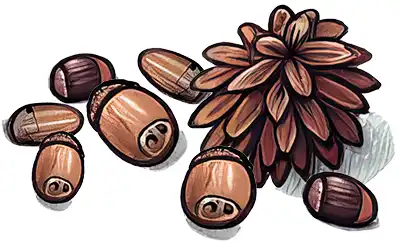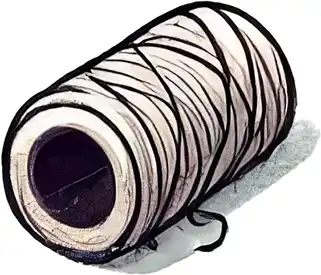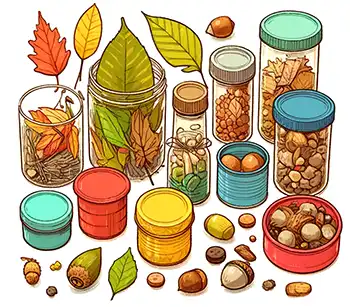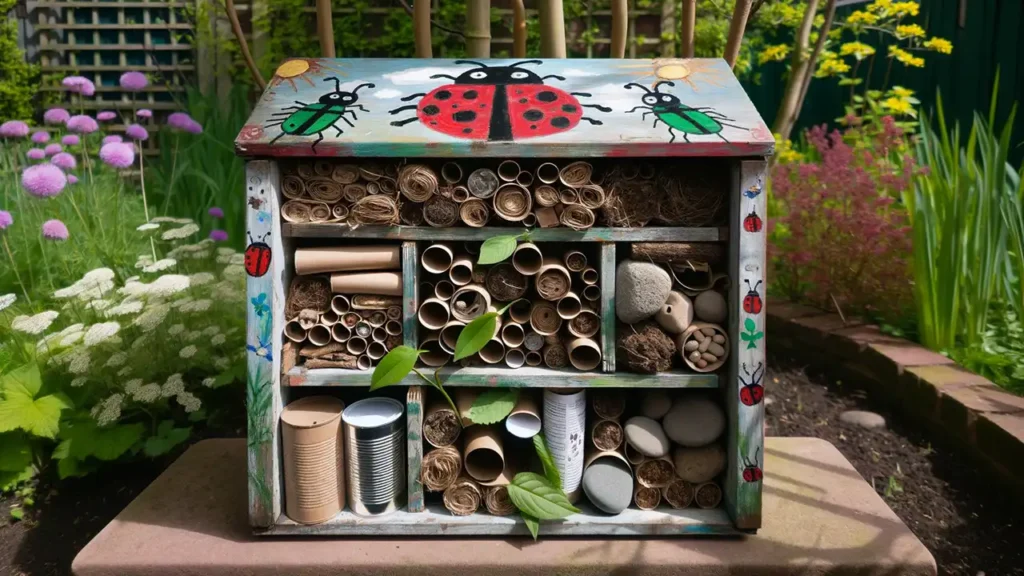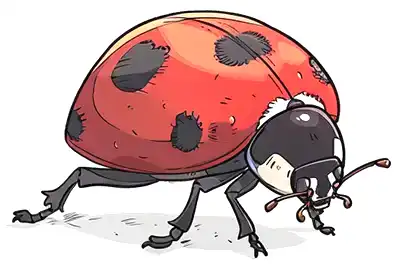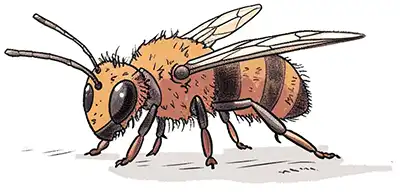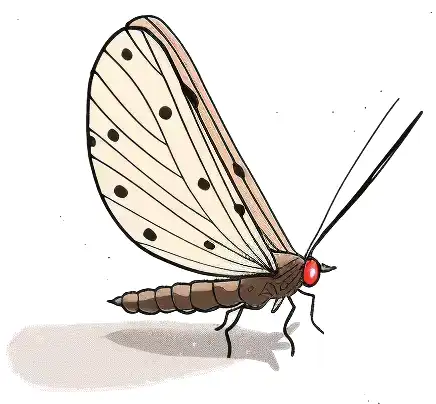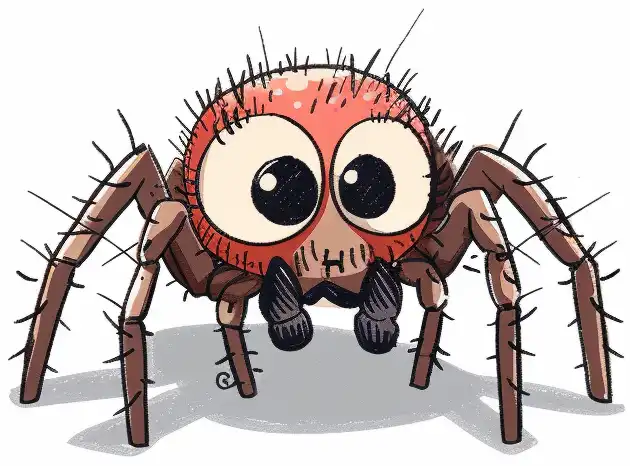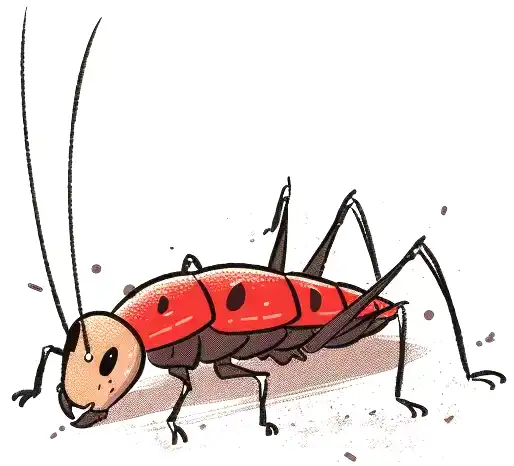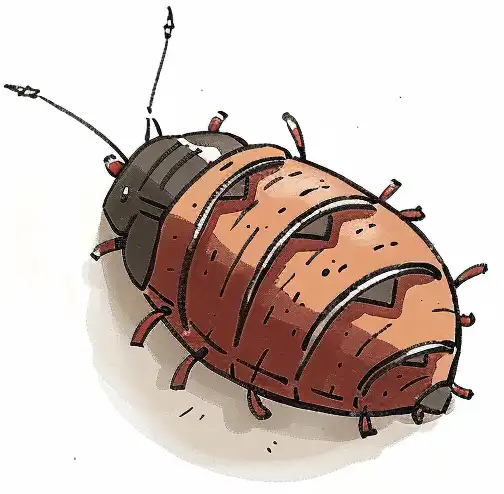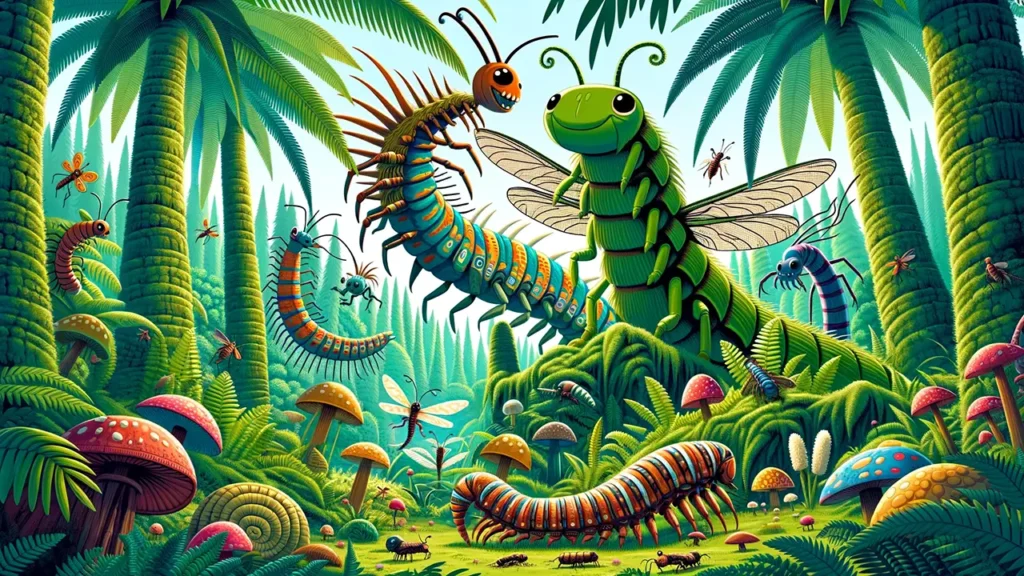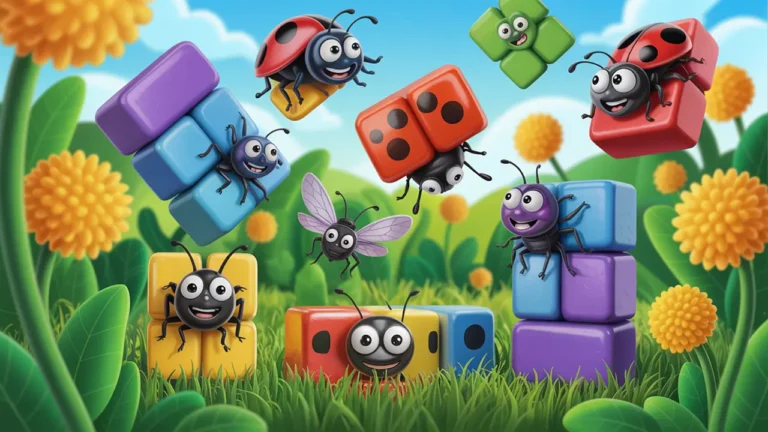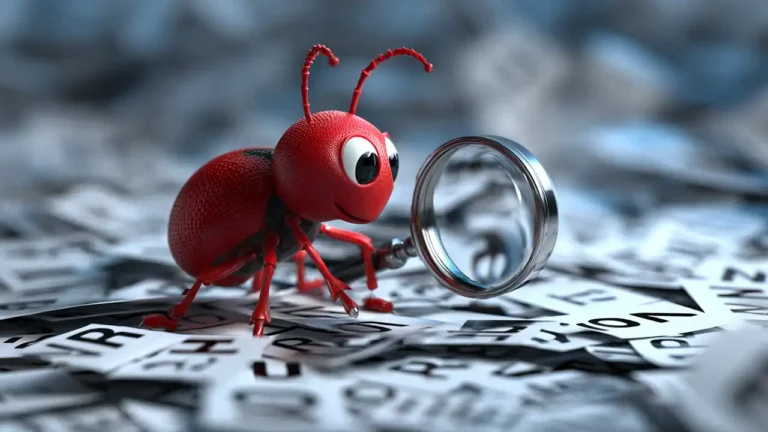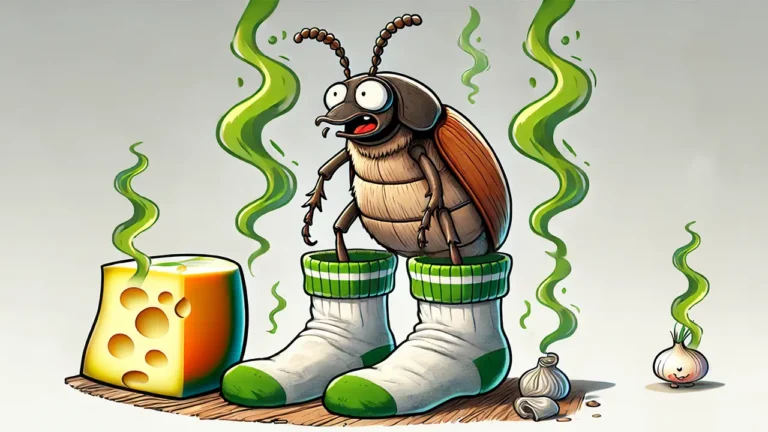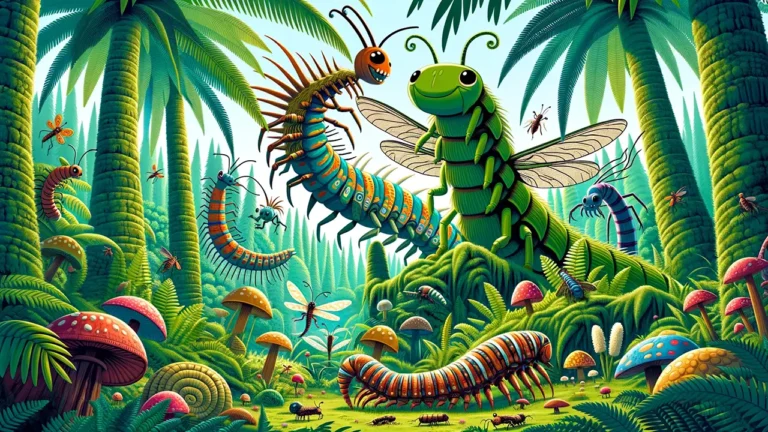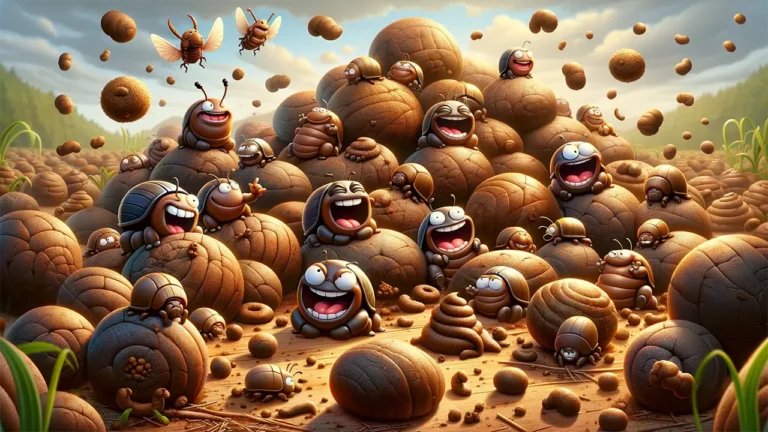Hey there, little bug lovers! Have you ever heard of a bug hotel?
No, it’s not a place where bugs go on vacation and sip coconut drinks by the pool. A bug hotel is a special kind of home that you can build to give insects a cozy place to rest, lay their eggs, and hide from the cold and rainy weather.
Imagine a tiny building filled with all sorts of nooks and crannies, made from natural materials like leaves, twigs, and bark. It’s like a miniature city for bugs! These insect hotels can come in all shapes and sizes, from small and simple to big and fancy. Some people even get creative and make bug hotels that look like castles, trains, or even space rockets!
But here’s the really cool part: by building a bug hotel, you’re not just making a fun little house for insects. You’re actually helping to protect these tiny creatures and the important jobs they do in nature. So, let’s find out more about how to make a bug hotel is such a fantastic idea!
Why Make a Bug Hotel?
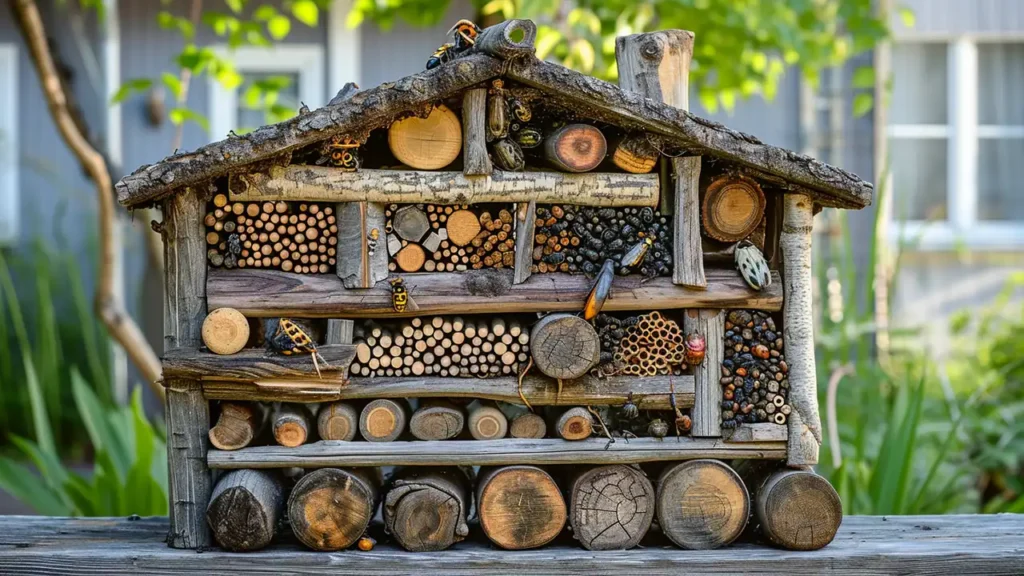
Now, you might be wondering, “Why should I build a home for bugs?” Well, let me tell you, there are some pretty amazing reasons!
Awesome things for insects and our planet:
First of all, building a bug hotel is like giving a big, warm hug to insects! Many bugs are really important for our environment. They help pollinate flowers, which means they help plants grow and make the food we eat. Some bugs even eat other pesky insects that might munch on our gardens. By giving them a place to live, you’re helping to protect these helpful critters.
“Building a bug hotel is like giving a big, warm hug to insects!”
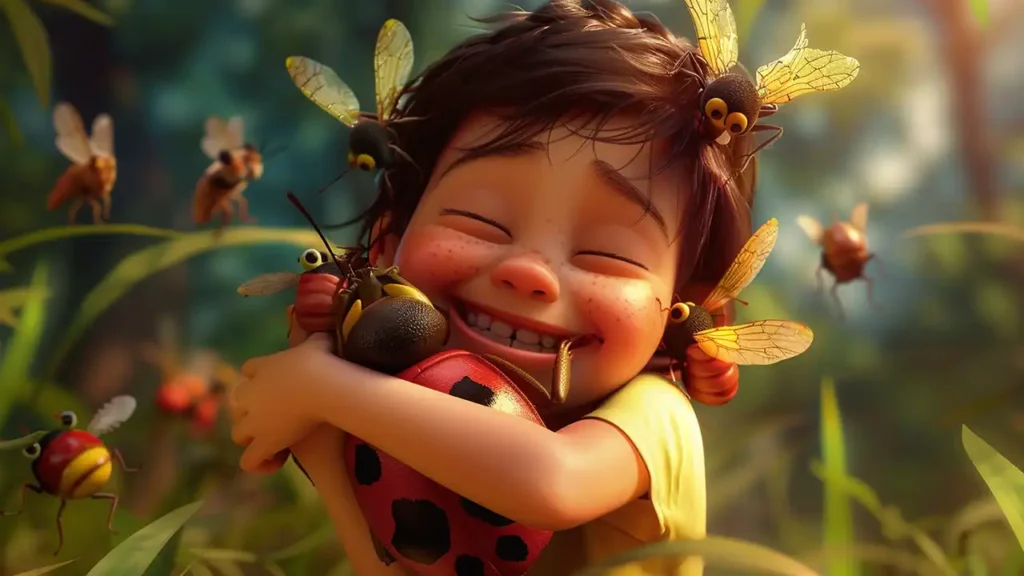
Plus, did you know that some insects are in danger?
It’s true! Many bugs are losing their natural homes because of things like pollution and cities growing bigger. When you build a bug hotel, you’re creating a safe space for these insects to thrive, which helps keep our planet healthy and happy.
Fun activity for families and classrooms:
But wait, there’s more! Building a bug hotel isn’t just great for insects – it’s also a ton of fun for you and your family or friends! You can get creative with the design, decorate it however you like, and feel proud of the awesome home you’ve made for your bug buddies.
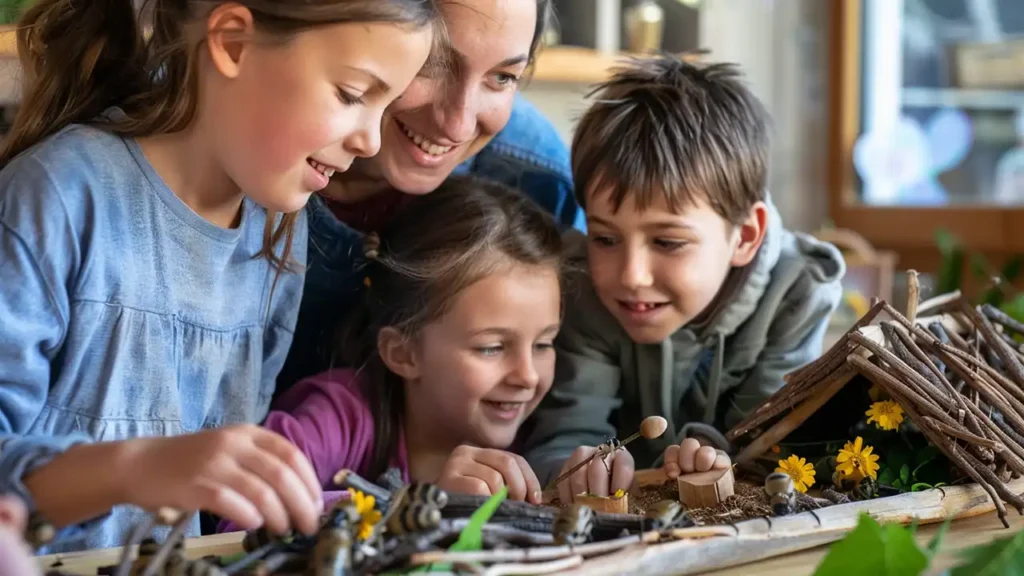
If you’re a teacher, making bug hotels is a fantastic activity to do with your students. It’s a hands-on way to teach them about insects, nature, and the importance of caring for our environment. Plus, it’s a project that kids of all ages can enjoy!
So, are you ready to become a bug hotel builder whizz? Let’s get creative together!
So, let’s get started! Not only will you help the environment, but you’ll also create lasting memories and learn loads of cool stuff along the way. Ready to dive into the world of bugs and become a backyard conservationist? Let’s do it! 🌿🔨👨👩👧👦
So Let’s Get Started!
What Materials Do We Need?
It doesn’t matter if you don’t have all of these, make do with what you can find and have fun!
Optional:
- Paint, markers, or stickers to decorate your bug hotel and make it extra fancy!
- A small shovel for gathering materials or installing your hotel outside
Remember, the goal is to use natural and recycled materials as much as possible. Not only is it better for the environment, but it also makes the project more budget-friendly and accessible for everyone.
Now that you have your materials ready, let’s find the perfect spot for your bug hotel!
Choosing the perfect location for your bug hotel
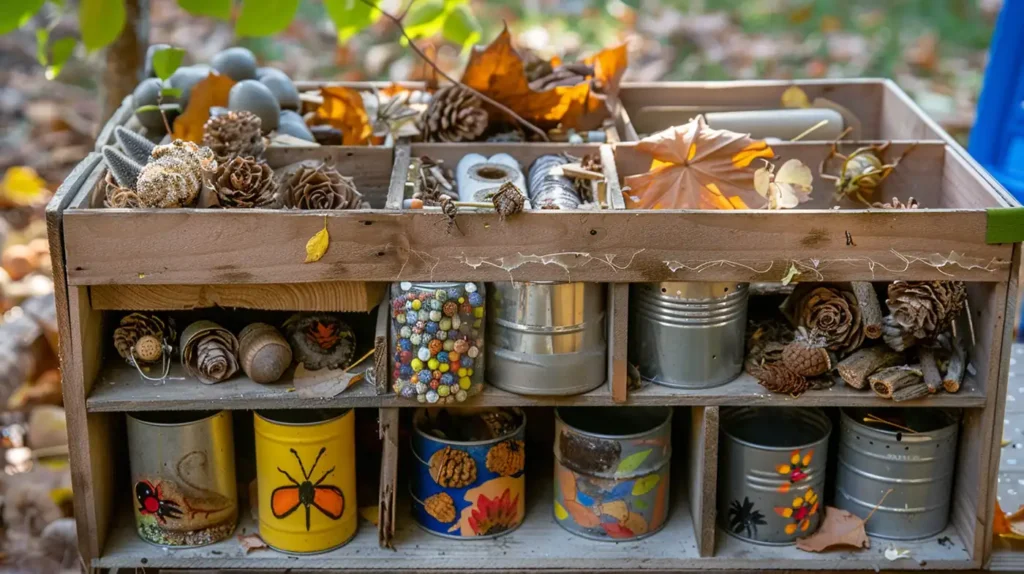
Now that you have all your materials gathered, it’s time to pick the ideal spot for your bug hotel! This is an important step because you want to make sure your insect guests are comfortable and happy in their new home. Here are some things to keep in mind:
- Find a quiet corner in your garden, backyard, or even on your balcony if you live in an apartment. Bugs like a peaceful place to rest and relax, just like us!
- Look for a spot that gets a mix of sun and shade throughout the day. Some insects like basking in the sun, while others prefer a cool, shady spot to chill out.
- Make sure your bug hotel is near some plants, flowers, or trees. This will make it easier for bugs to find their new home and give them a nearby source of food and shelter.
- If possible, choose a location that’s protected from strong winds and heavy rain. You don’t want your bug hotel to blow away or get flooded!
- Place your hotel at a level that’s easy for you to reach and observe. This way, you can keep an eye on your insect friends and see who’s checked in!
- Keep your bug hotel away from areas where people frequently walk or play to avoid accidentally disturbing your tiny tenants.
Once you’ve found the perfect spot, it’s time to get building! Remember to get a grown-up’s permission before setting up your bug hotel, and make sure they’re happy with the location you’ve chosen.
In the next section, we’ll dive into the exciting step-by-step process of creating your very own bug hotel. Get ready to unleash your inner architect and builder!
Step by Step Guide on How To Make a Bug Hotel
For Kids and Grown Ups
Alright, bug hotel builders, it’s time to gather all the materials you collected and get ready to create your insect inn! Let’s take a closer look at what you’ll need:
STEP 1: Creating the Frame
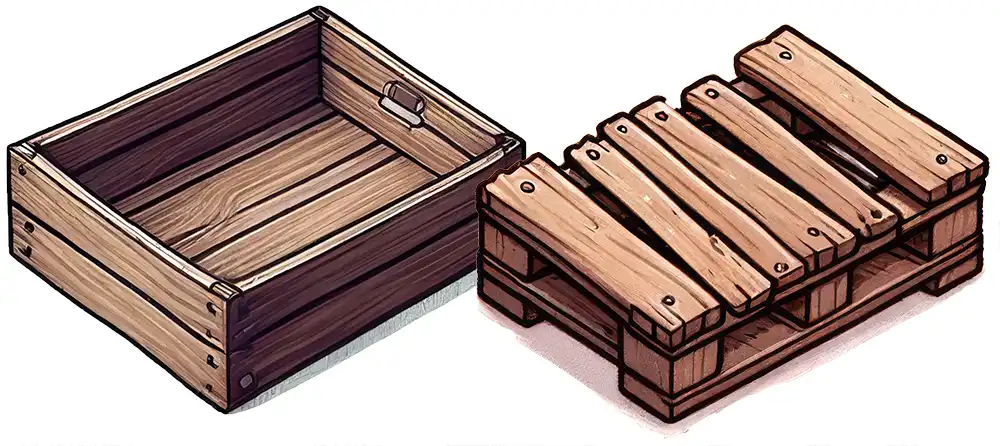
STEP 2: Filling the Hotel with Insect-Friendly Materials
STEP 3: Decorating Your Bug Hotel
STEP 4: Installing Your Bug House Outdoors
What Sort of Bugs will Check-In to your Bug Motel?
Different types of insects that might check-in Now that your bug hotel is up and running, let’s take a closer look at some of the fascinating guests you might encounter! There are so many different types of insects that could be attracted to your hotel, each with their own unique characteristics and quirks.
These are just a few examples of the many insects that might check into your bug hotel. Every region has its own unique mix of bugs, so keep your eyes peeled for any interesting critters that come to stay.
How To Look After Your Bug Hotel
Now that your bug hotel is up and running, it’s important to keep it in tip-top shape for your tiny guests! Just like any other home, your insect inn will need a little TLC from time to time to stay cozy and inviting. Here are some tips for maintaining your bug hotel:
- Keep it dry: Make sure your hotel is protected from rain and moisture, as too much dampness can lead to mold and rot. If you notice any leaks or soggy spots, try moving your hotel to a drier location or adding a small roof to keep the water out.
- Refresh the rooms: Over time, some of the natural materials in your hotel may start to break down or settle. Once or twice a year, gently remove any debris or decaying matter and replace it with fresh, dry materials like leaves, twigs, and bark.
- Pest control: While your hotel is meant to attract bugs, you don’t want any unwanted guests moving in! Keep an eye out for any signs of pests like ants, termites, or rodents, and take action to remove them if necessary. You can do this by gently relocating them or using natural pest control methods like diatomaceous earth.
- Prune and tidy: If you have plants or flowers around your bug hotel, make sure to keep them trimmed and tidy. Remove any dead or damaged leaves, and keep the area around your hotel clear of weeds or overgrowth.
- Add new amenities: As time goes on, you might think of new ways to make your bug hotel even more amazing! Feel free to add new features like tiny bug baths (shallow dishes filled with pebbles and water), additional hiding spots, or even a miniature green roof made of moss or succulents.
Remember, the key to a successful bug hotel is to keep it natural, diverse, and well-maintained. With a little regular upkeep, your insect inn will be the talk of the bug world for years to come!
In the next section, we’ll explore how to observe and learn from the fascinating bugs that call your hotel home. Get ready to become a true insect expert!
Observing the Insects That Visit and Live in Your Bug Hotel

One of the most exciting parts of having a bug hotel is getting to observe all the fascinating insects that come to stay! By watching your hotel closely, you can learn so much about the secret lives of bugs and the important roles they play in nature. Here are some tips for observing the insects in your hotel:
- Be patient: Remember, it might take some time for bugs to discover your hotel and move in. Don’t get discouraged if you don’t see a lot of activity right away – just keep watching and waiting!
- Use your senses: When observing bugs, use all your senses to gather clues about their behavior. Listen for buzzing or chirping sounds, look for movement or colorful markings, and even gently touch the hotel to feel for vibrations or activity.
- Keep a bug journal: One of the best ways to learn about the insects in your hotel is to keep a record of your observations. Grab a notebook and pencil, and jot down notes and sketches of the bugs you see. You can even take photos or videos to help you identify them later!
- Observe at different times: Insects are active at different times of day and night, so try observing your hotel at various hours to see who’s out and about. You might be surprised to find that some bugs are early risers while others are night owls!
- Watch for interactions: Pay attention to how the insects in your hotel interact with each other and their environment. Do you see any bugs working together or competing for resources? How do they react to changes in weather or temperature?
- Identify your guests: Once you’ve observed the insects in your hotel for a while, try to identify them using field guides, online resources, or even by asking an expert. Learning the names and characteristics of your bug guests can help you appreciate them even more!
Remember, observing bugs is all about curiosity, patience, and respect. Never try to handle or disturb the insects in your hotel – just let them go about their buggy business and enjoy the show!
In the next section, we’ll give you some ideas for taking your bug observations to the next level by keeping a special bug hotel journal or scrapbook. Get ready to create a one-of-a-kind record of your insect adventures!
Keeping a Bug Journal or Scrapbook for Your Hotel Journey

One of the best ways to deepen your connection to the bugs in your hotel is by keeping a special journal or scrapbook of your observations and experiences. This can be a fun, creative way to document your insect adventures and create a lasting record of the fascinating things you’ve learned. Here are some ideas for starting your own bug hotel journal or scrapbook:
- Choose your format: Decide whether you want to keep a traditional written journal, a digital blog or photo album, or even a mixed-media scrapbook with drawings, collages, and other artistic elements. The key is to choose a format that you’ll enjoy working with and that allows you to express your observations in your own unique way.
- Make regular entries: Try to set aside some time each week to write or create in your bug hotel journal. You might want to jot down notes about the insects you’ve seen, sketch pictures of interesting bugs or hotel features, or even write short stories or poems inspired by your observations.
- Include photos and specimens: If you have a camera or smartphone, consider taking photos of the insects in your hotel to include in your journal. You can also collect small, non-living specimens like molted exoskeletons, abandoned cocoons, or interesting leaves and twigs to add to your scrapbook pages.
- Get creative with your layouts: Have fun designing the pages of your bug hotel journal or scrapbook! You can use colorful paper, stickers, stamps, or even natural materials like pressed flowers or bark rubbings to decorate your pages and make them visually engaging.
- Share your discoveries: Consider sharing your bug hotel journal or scrapbook with others who are interested in insects and nature. You could show it to your friends and family, post photos of your pages online, or even submit your observations to citizen science projects or local nature organizations.
Remember, your bug hotel journal or scrapbook is a unique reflection of your own experiences and perspectives. There’s no right or wrong way to create it – just have fun and let your creativity and curiosity shine through!
In the next section, we’ll wrap up our bug hotel adventure with some final thoughts and inspirations for continuing your insect explorations. Get ready to become a lifelong bug lover and advocate!
Conclusion: Look at What You have Created!
Wow, what an incredible journey we’ve been on together! From gathering materials to decorating and observing our very own bug hotels, we’ve learned so much about the amazing world of insects and the important role they play in our environment. Let’s take a moment to recap all the fantastic benefits of building a bug hotel:
- Helping insects thrive: By providing a safe, cozy space for insects to live and lay their eggs, we’re helping to support and protect these crucial creatures. Many insects are facing threats like habitat loss and pesticide use, so every bug hotel we build makes a difference!
- Supporting biodiversity: Different insects have different needs and preferences, so by creating a diverse range of habitats and nesting spots in our bug hotels, we’re helping to promote biodiversity and ensure that many different species can thrive.
- Enhancing our gardens: Many of the insects that will visit our bug hotels are actually beneficial to our gardens! Pollinators like bees and butterflies help our flowers and crops reproduce, while predators like ladybugs and lacewings help keep pest populations in check.
- Connecting with nature: Building and observing a bug hotel is a wonderful way to deepen our connection to the natural world. By taking the time to watch and learn about the insects in our own backyards, we develop a greater appreciation and understanding of the complex ecosystems all around us.
- Engaging our curiosity and creativity: Designing, constructing, and decorating a bug hotel is a fun, hands-on project that engages our curiosity and creativity. It’s a great way to express our unique style and personality while also learning valuable skills like problem-solving, observation, and scientific inquiry.
So, whether you’re a seasoned insect enthusiast or a curious kid just starting to explore the world of bugs, building a bug hotel is a rewarding and enriching experience. By providing a safe haven for these small but mighty creatures, we’re not just helping insects – we’re helping to create a healthier, more vibrant planet for all of us!
Thanks for being awesome, and remember, in the world of nature, every little bit helps make a big impact! 🌍🐝🌸 Keep up the great work, and let’s keep making our world a better place, one bug hotel at a time!







